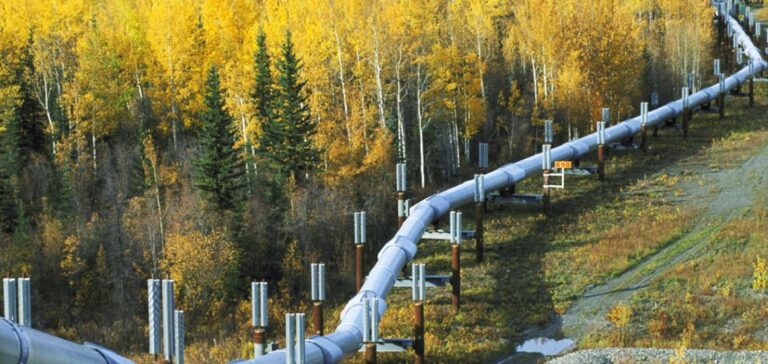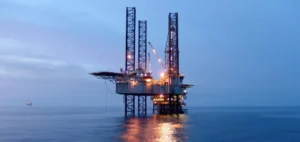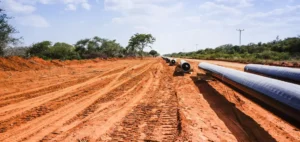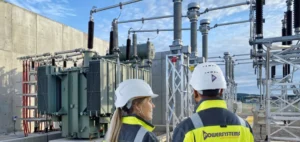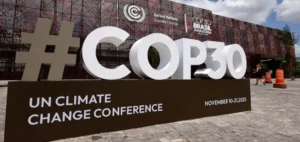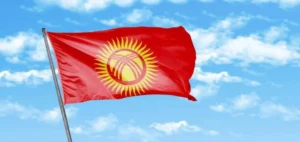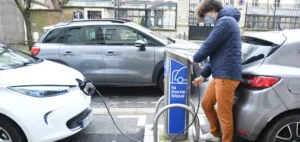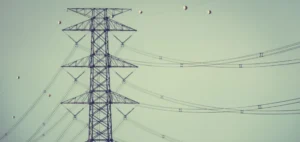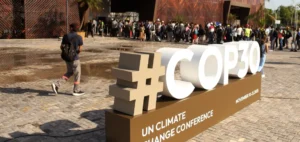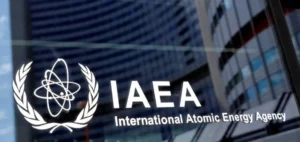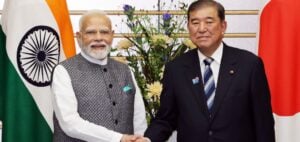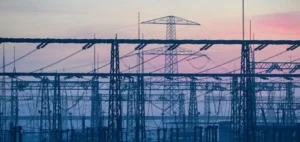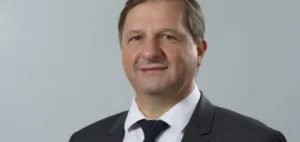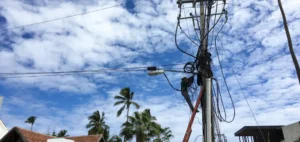The Canada Energy Regulator (CER) has validated a revised methodology for allocating the costs of drag reducing agents (DRA) as part of the tolls applied on the Keystone Canada pipeline system. The methodology, submitted by South Bow GP (Canada) Ltd., was deemed compliant with regulatory requirements, subject to modifications. The company will need to reassess the tolls for 2020 and 2021 before final approval.
Methodology review
South Bow had submitted a cost allocation plan for DRAs in response to a previous Commission decision. That ruling determined that only certain DRA-related costs could be charged to shippers, requiring a specific allocation method to ensure distribution aligned with the actual use of the pipeline.
Challenges and proceedings
Several shippers, including Phillips 66 Canada Ltd. and Cenovus Energy Inc., raised concerns about the proposed method. As a result, the Commission initiated a process that included both written and oral proceedings. Cross-examinations were conducted before the final arguments were presented, allowing for a thorough review of the positions of the various parties.
Decision and implementation
Following analysis, the Commission determined that South Bow’s proposed allocation method was more consistent with transportation agreements and regulatory conclusions than the alternatives suggested by opposing shippers. However, it mandated a modification before implementation and required the company to recalculate tolls based on this revised approach.
Regulatory framework considerations
The Keystone Canada pipeline system includes 1,233 kilometres of conduits and associated infrastructure. Under Canadian regulations, tolls applied to shippers must be fair, reasonable, and non-discriminatory. These fees cover the operating and maintenance costs of infrastructure while allowing operators to recover their investments and generate financial returns.
Pipeline companies must provide shippers with sufficient information to assess the relevance of tolls. In case of disputes, the regulator has a procedural framework to review and, if necessary, adjust the pricing methodologies in force.


